Sweetbud Info
December 1st, 2017Hi there!
Here's a ton of information about our newest product, Sweetbud. Read at your own risk 🙃
Who are we?
We are Team Sensetrick, two high schoolers from Los Angeles and Toronto. We met each other through attending hackathons across North America and found shared interests in hardware, augmented reality, and coffee!
The Problem
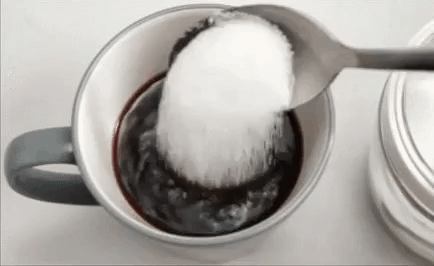
North Americans consume a large amount of sugar every day due to the food culture that we embrace. Sugar has proved extremely harmful though, and it can cause diabetes, obesity, and heart disease in the long run. Sugar is also extremely addictive, so it’s difficult for a person to get rid of the flavor of food that he/she grows up with. There have been attempts to replace sugar with chemical substances, such as in Diet Coke. However, artificial sweeteners are still not healthy. Thus, we decided to look for a brand new approach to address this problem. We focus on coffee because it is the most common beverage that we drink and put sugar into, and a significant part of our daily sugar input. Sweetness is crucial to North Americans because of coffee’s bitterness and the extremely high sugar levels in the coffee sold at the likes of Starbucks and Dunkin Donuts. This raises the question can we reduce our daily sugar input while enjoying the same flavor?
Here comes Sweetbud
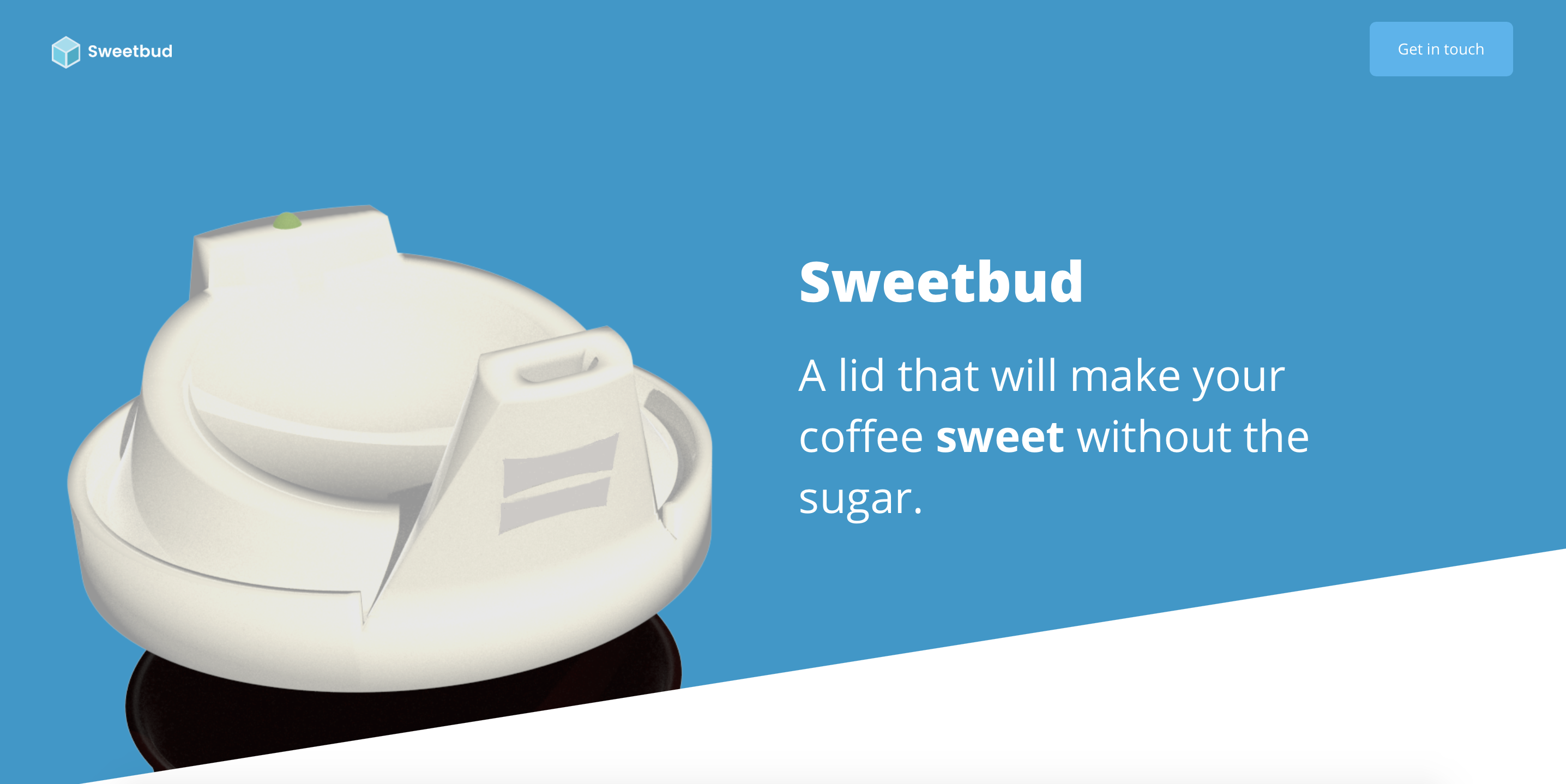
SweetBud is a coffee lid that simulates the taste of sweetness. It uses non-invasive electrical currents to stimulate your tongue, and thus trigger your neural system to believe you are tasting something sweet. With SweetBud, users can taste sweetness without adding any sugar into their coffee. It is an independent portable system that you can install on almost all coffee cups, and comes with a mobile application to adjust sweetness intensity and track your sugar intake reduction. Sweetbud is a first-of-its-kind sugar replacement solution and one the few augmented taste applications.
We have an initial prototype which can simulate sweet-sourness and we are conducting more research on finding a more realistic sense of sweetness. We are currently developing a portable prototype and a mobile application.
So... how does it work?
Sweetbud uses Augmented Taste technology, a field that has not been thoroughly explored yet. One of us once accidentally put a powered Arduino in our mouth and realized it tasted like a sour raspberry. That inspired us to look into augmenting taste through electrical current. After doing some research and experiments, we found it is possible to stimulate the tongue to create a digital taste interface. On Sweetbud, we created circuitry that stimulates the tongue with non-invasive electrical current and could simulate some extent of sweet and sour taste.
First, attach Sweetbud to any coffee cup filled with black coffee (most standard coffee cups that you get from Starbucks, Peets, Tim Hortons). The lid will lock onto the cup tightly.
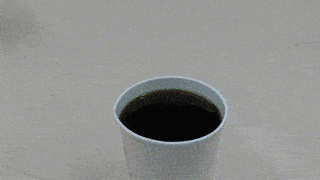
Press the button on the back of Sweetbud to turn it on. When you lift Sweetbud up, the accelerometer in Sweetbud will automatic start generating sweetness. Lay your tongue under the mouthpiece and the electrical current will start stimulating your tongue smoothly. You can drink in the coffee through the mouthpiece while sensing the sweetness it generates.

Sweetbud is also designed to be waterproof and rechargeable. We are also developing a mobile app that you can connect your Sweetbud through Bluetooth. You can adjust the sweetness and intensity and track your progress in reducing sugar intake through the app.
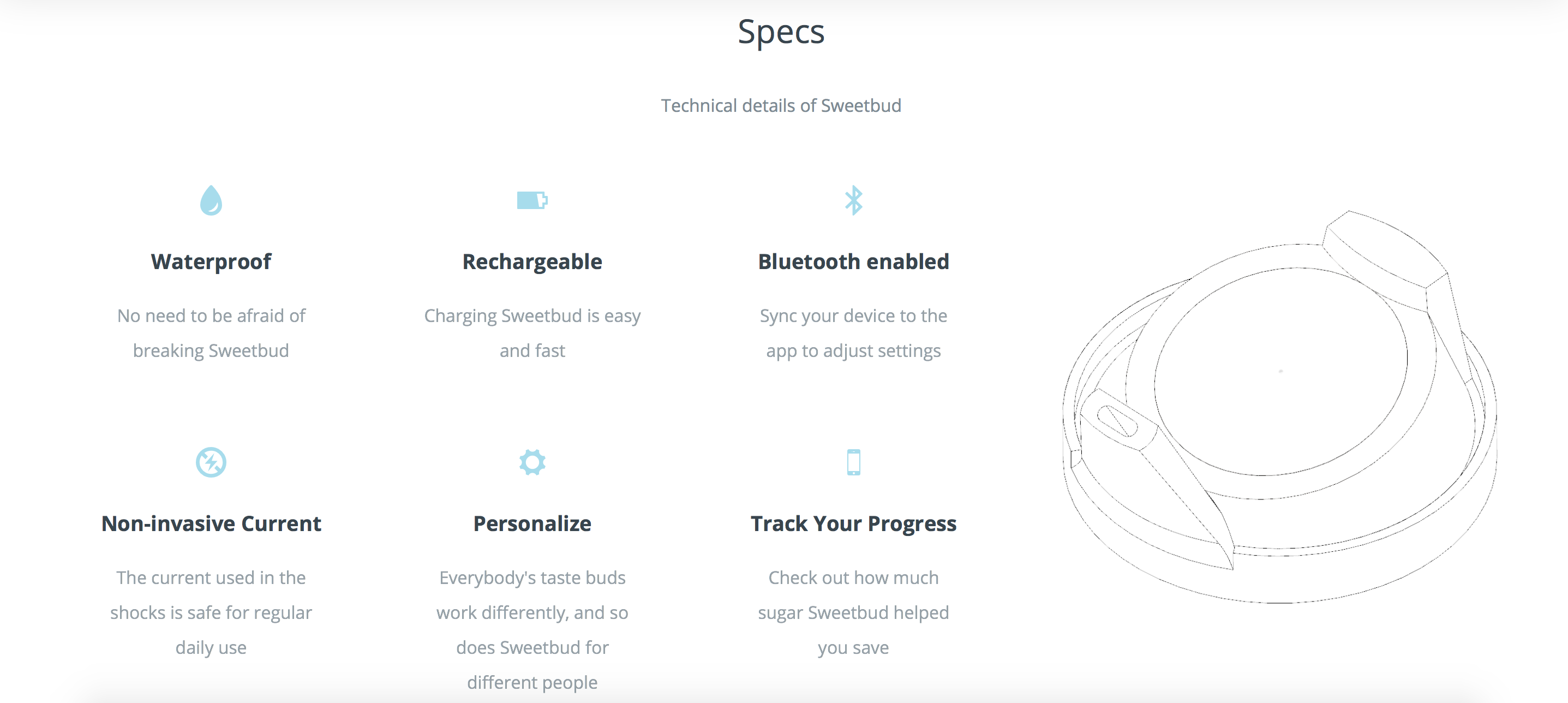
So essentially, you can finally drink coffee without sugar but with the same sweetness!
Wait... How did you build it?
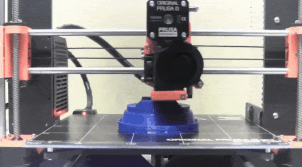
We used Adobe Fusion 360 to design the CAD files, Cura to slice, and a Prusa i3 printer to print the 3D model. We used Arduino microcontroller to control the circuit and regulate the taste and intensity. We also have an iOS app that we programmed in Swift and connected to the Arduino through Bluetooth Low Energy. We use Firebase authentication and real-time cloud database for the backend of the iOS app and data from Sweetbud.
We have been making many iterations since the start of November. We are improving the prototypes with smaller and more efficient electronics, more and more comfortable lid design, and test results from experiments. We aim to create a fully portable and embedded prototype in the next few weeks.
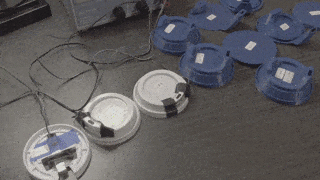
Since starting this project since November, we have been actively engaging with others to get feedback on our project. We surveyed friends and families regarding the issue of sugar and coffee and came up with the solution - Sweetbud. We also used Product Hunt Ship as a landing page and sent updates to our subscribers. We have been reaching out to people with professional backgrounds in hardware product development and have built a group of mentors that can mentor us to develop the product further. Please feel free to contact us and give us feedback and suggestions at hello@sensetrick.com!
Join our community and stay in tune for our latest updates! Learn more about Sweetbud: https://sweetbud.co/
Best,
Sensetrick Team 🛠
Ryan Hoover
Founder of Product Hunt & Weekend Fund
Sara Du
saradu.com
wojtek
ceo @ naval's fortune cookie co.
Simon Zirui Guo
Student Maker
Yamini Kagal
Sara Du
saradu.com
Yamini Kagal
Sara Du
saradu.com
Eli Natarajan
Data Enterer
Alfonso C. Betancort
Shot, develop & print 300 rolls of film.